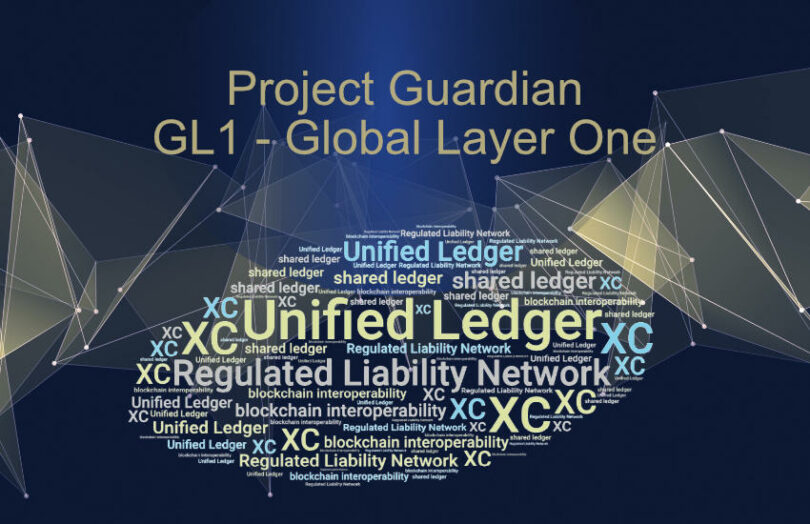Today the Monetary Authority of Singapore (MAS) announced a significant expansion of its Project Guardian, which explores tokenization using public blockchain. The most significant aspect is a new initiative called Global Layer One (GL1). It’s designed as an “open, digital infrastructure enabling cross border transactions and global liquidity pools.” BNY Mellon, JP Morgan, DBS and MUFG are involved.
Before exploring GL1, MAS announced five more use cases. They include a JP Morgan and Apollo initiative on tokenized funds. And Citi, Fidelity and T Rowe Price using FX and oracles for trades on Avalanche. We covered both of those today.
Putting the ‘Global Layer One’ in context, there are three other major initiatives along similar lines. They are the Regulated Liability Network (RLN), the BIS concept of a Unified Ledger and the IMF’s XC concept for cross border payments. And by the way, the IMF is joining Project Guardian to provide policy input.
Article continues …

Want the full story? Pro subscribers get complete articles, exclusive industry analysis, and early access to legislative updates that keep you ahead of the competition. Join the professionals who are choosing deeper insights over surface level news.






